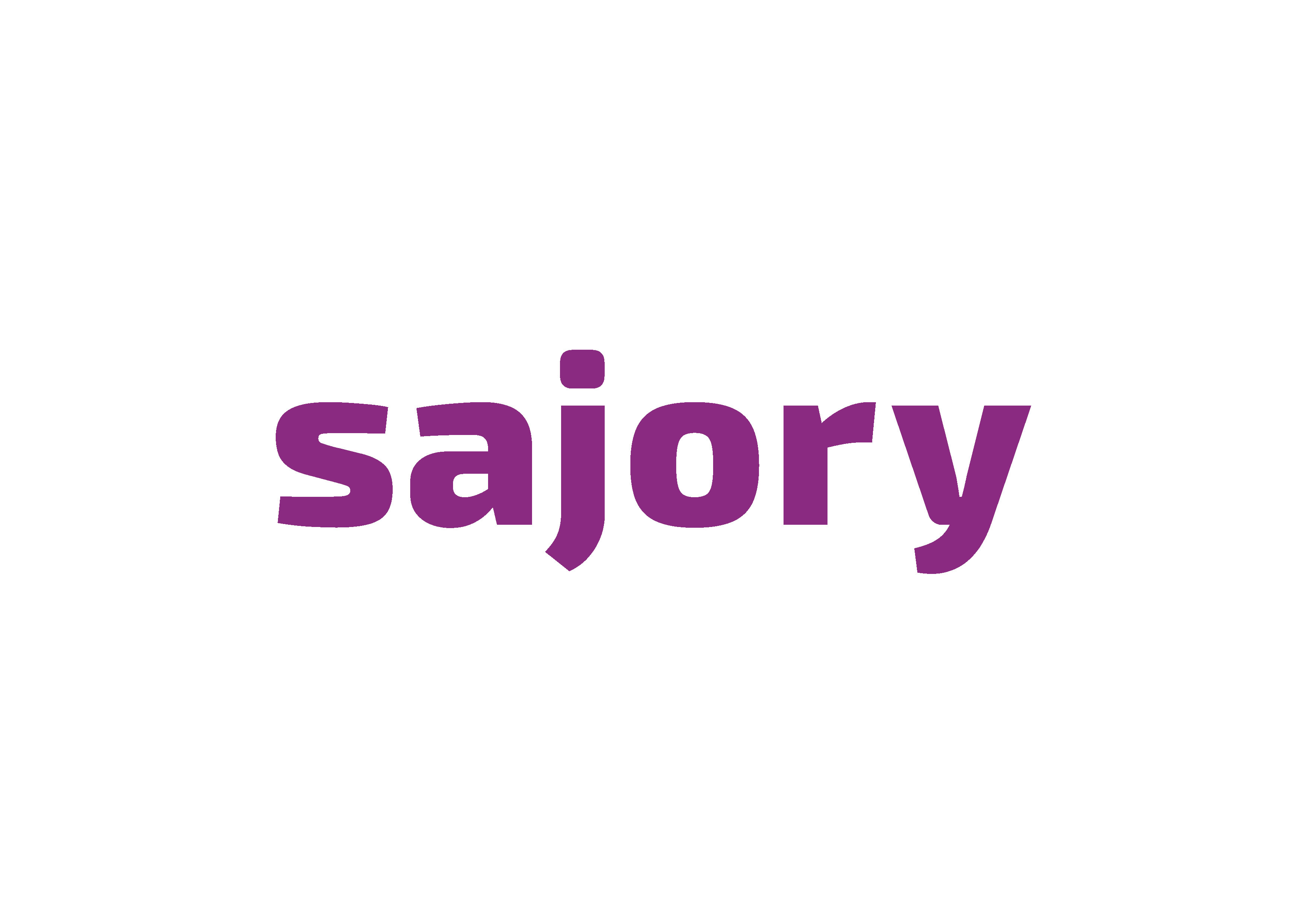How can we reimagine our work culture in a remote context?
When nurturing a culture of trust and collaboration at work, we often rely on a sense of camaraderie that is hard to replicate online. We cannot share our food on the same table, sit in a circle or read each other’s body language.
This takes our culture to a different digital mode. Not better. Not worse. Just different.
We now must go one level deeper and share our purpose, our values and the best way to heal each other’s wounds.
Here are some ways to help you connect with each other virtually and go beyond a little box on the screen.
- Share small gifts and surprises, from handwritten cards to care packages to plants or desk toys.
- Before a staff meeting, send the same food over to each person and invite them to eat during “lunch meeting”.
- Build regular music playlists around specific theme and have people listen to it throughout the week. A unique conversation theme arises.
- Ask each member to recommend a song to listen to. Rotate daily songs.
- Create an internal weekly group blog where each member is asked to write a short post on something funny / creative / strange/ foolish / bold. The trick is to keep it simple and easy, so it doesn’t feel like chore.
- Set up regular shows for employees to share personal interests. Their passions, their causes, their struggles and how they overcome them.
- Create fun contests or digital challenges to resemble friendly pranks that happen in the office (notice any surfacing bullies)
- Host internal podcast and interview other employees. Focus on their families, hobbies, personalities, more than work. Let others get to know them personally.
- Embrace anchors. Send a physical poster, a plant, or a desk item for your team with your name and number of it. Ask them to place it where they work daily. This anchor will remind them to call or connect with you whenever the need arises.
- Send a “Good morning” message through IM or text. This morning connection helps plant a seed for people to remember you during the day or link you in a discussion they heard the previous day. Your network will grow and your culture of trust will prosper.
- The next time you feel the urge to write a long email about a subject at work, create a video instead. Your video will be more memorable and the message clearer. This can be as simple as using your phone to record a selfie or using an easy tool like “Loom” that allows you to share your screen and record yourself at the same time.
What other ideas do you have to increase the connection between your remote-working team?

